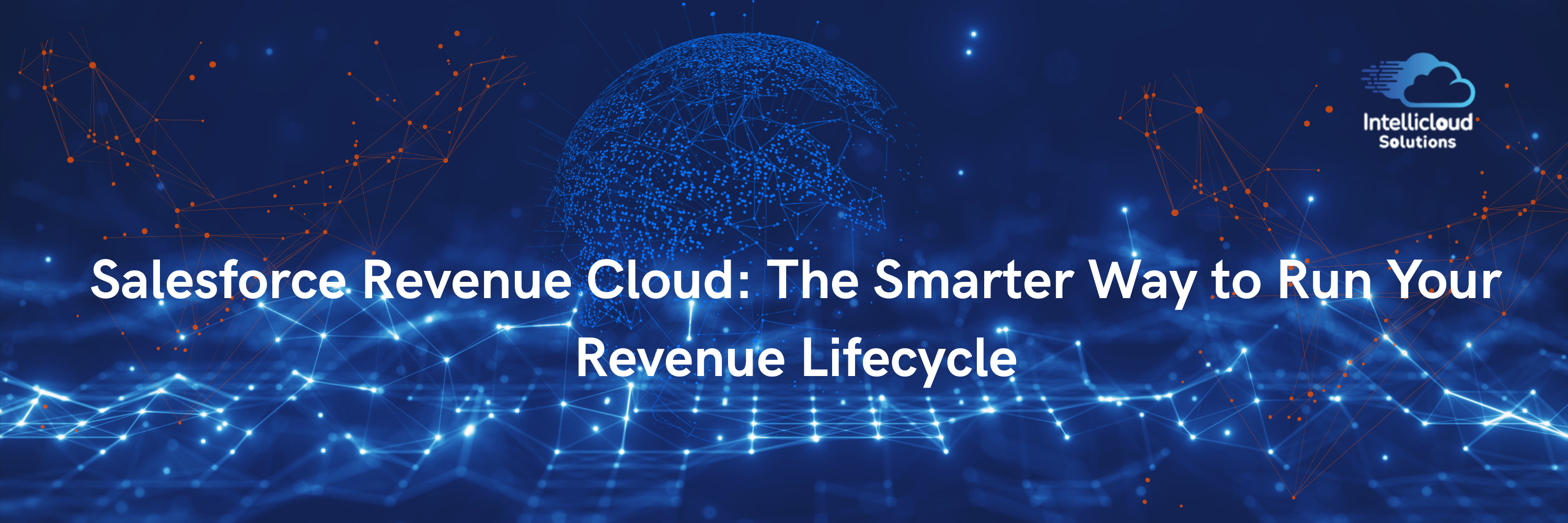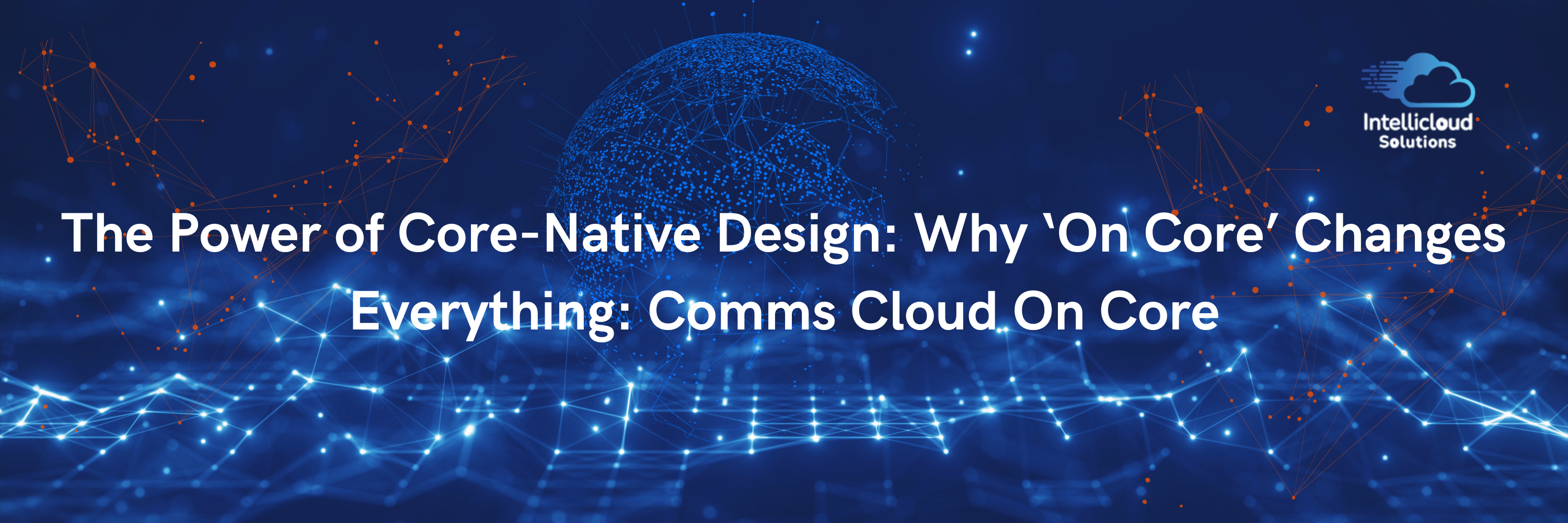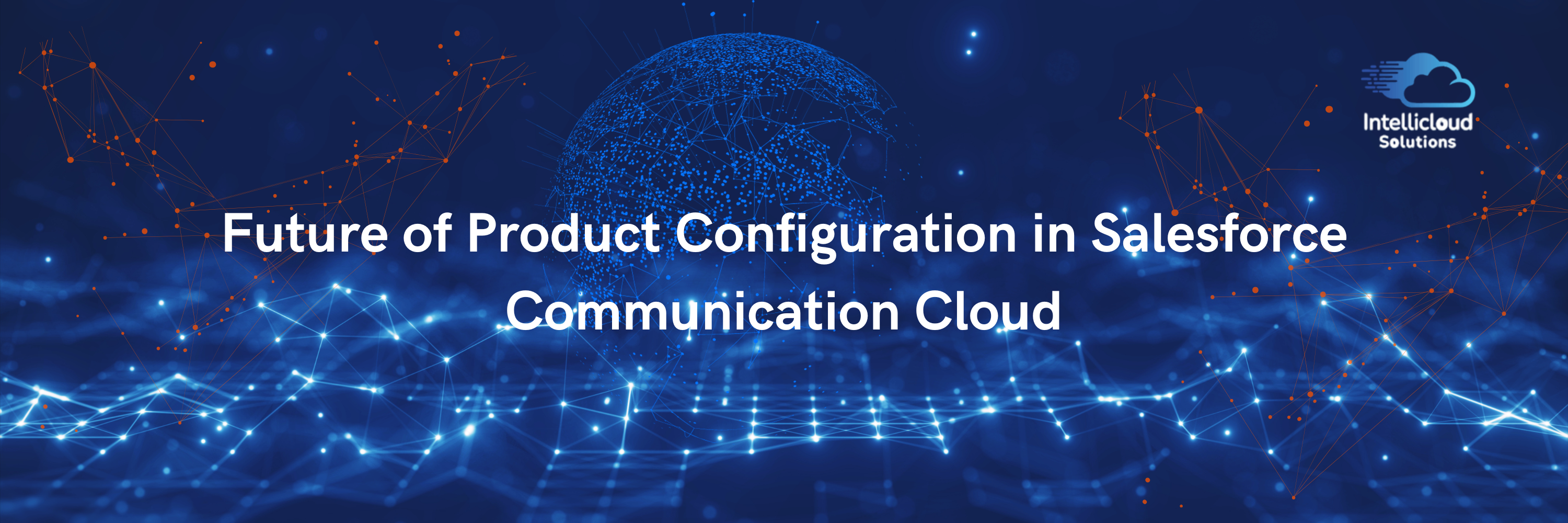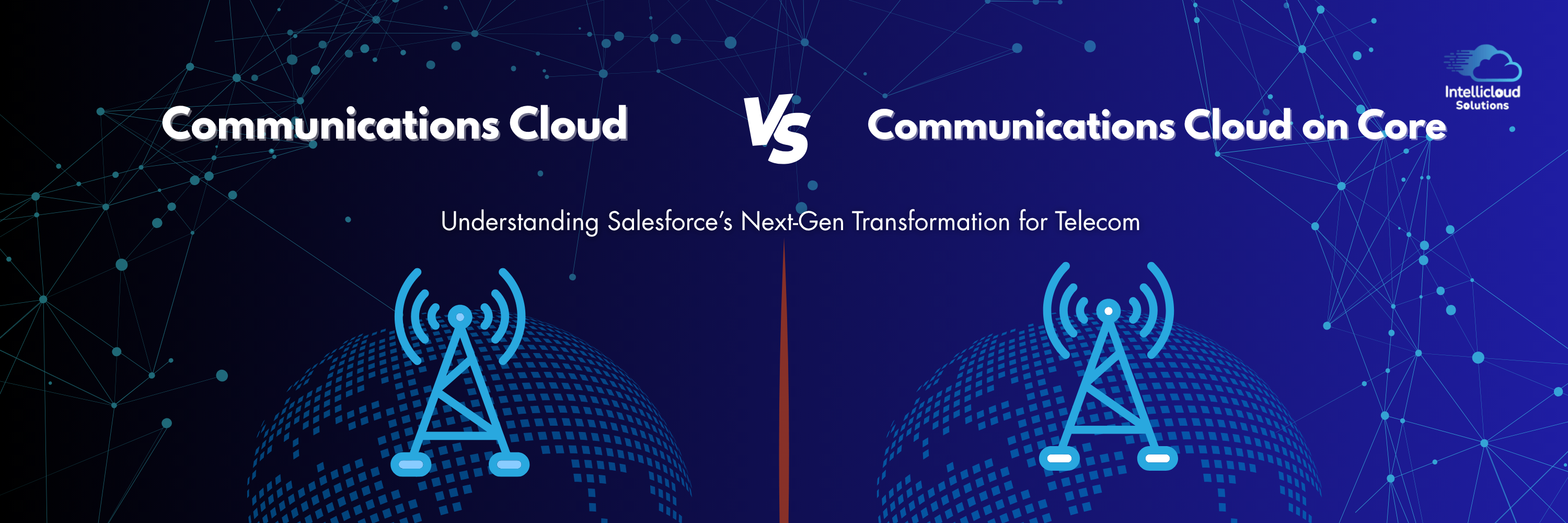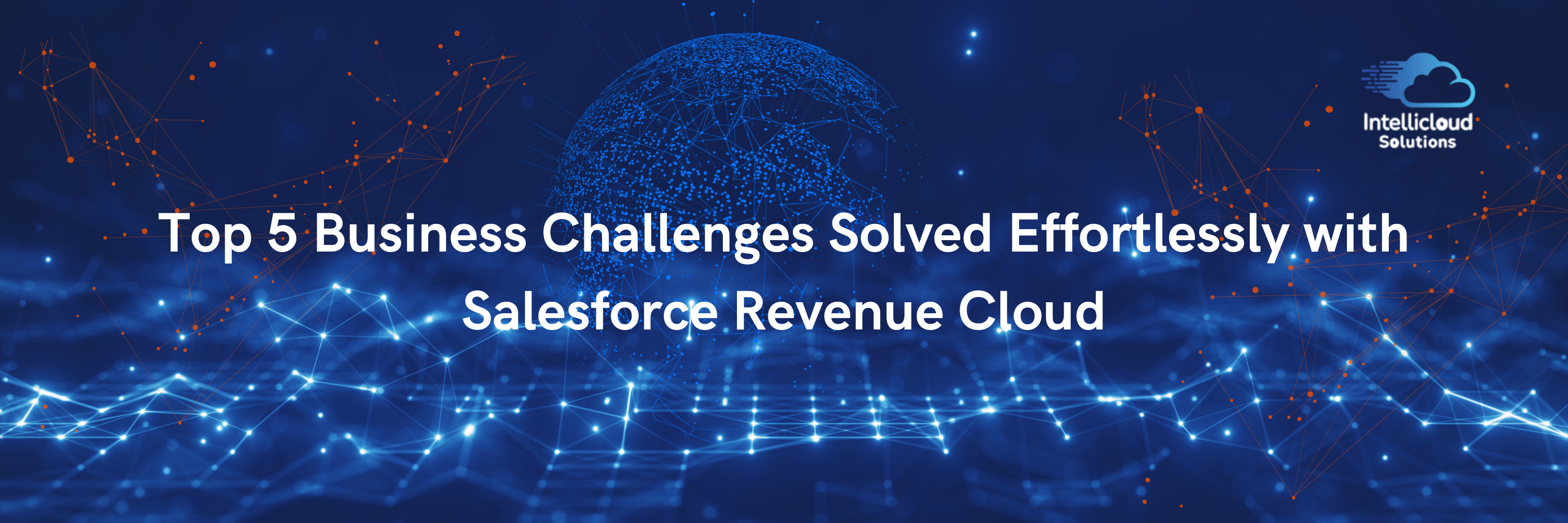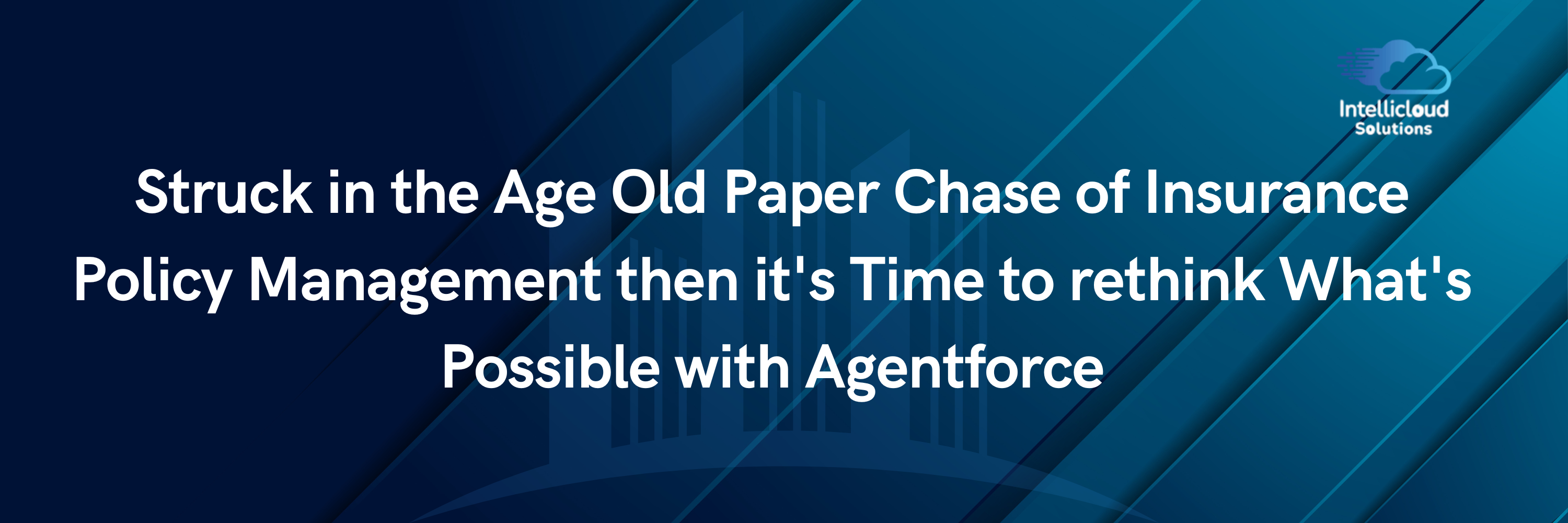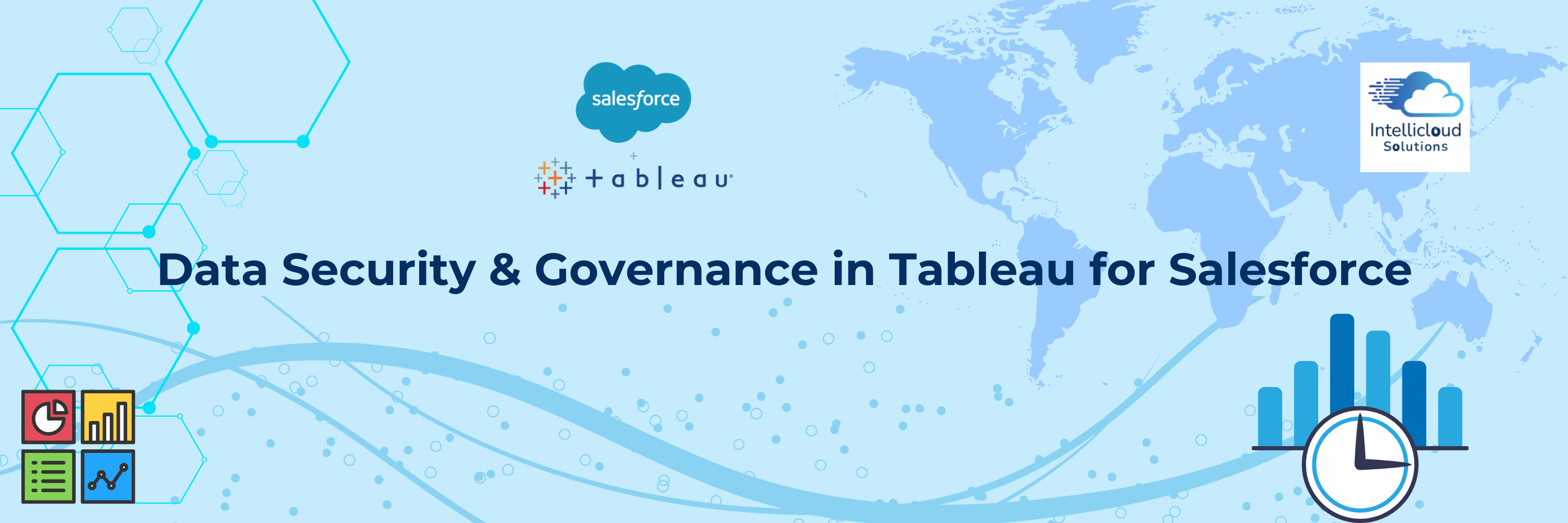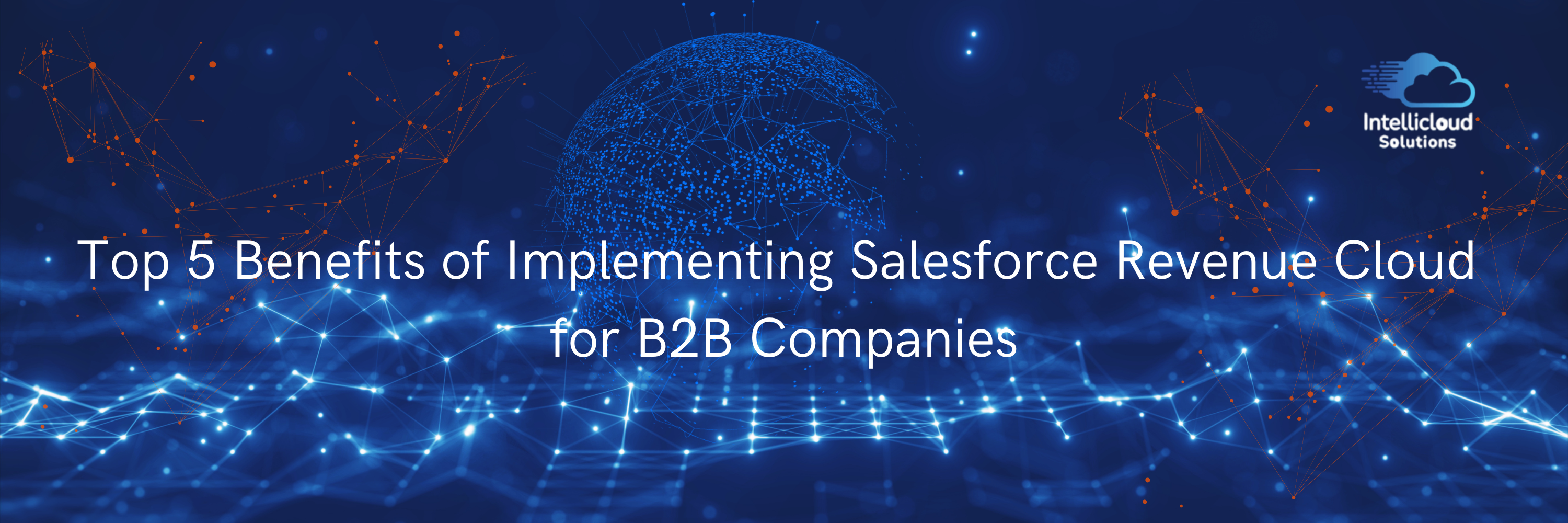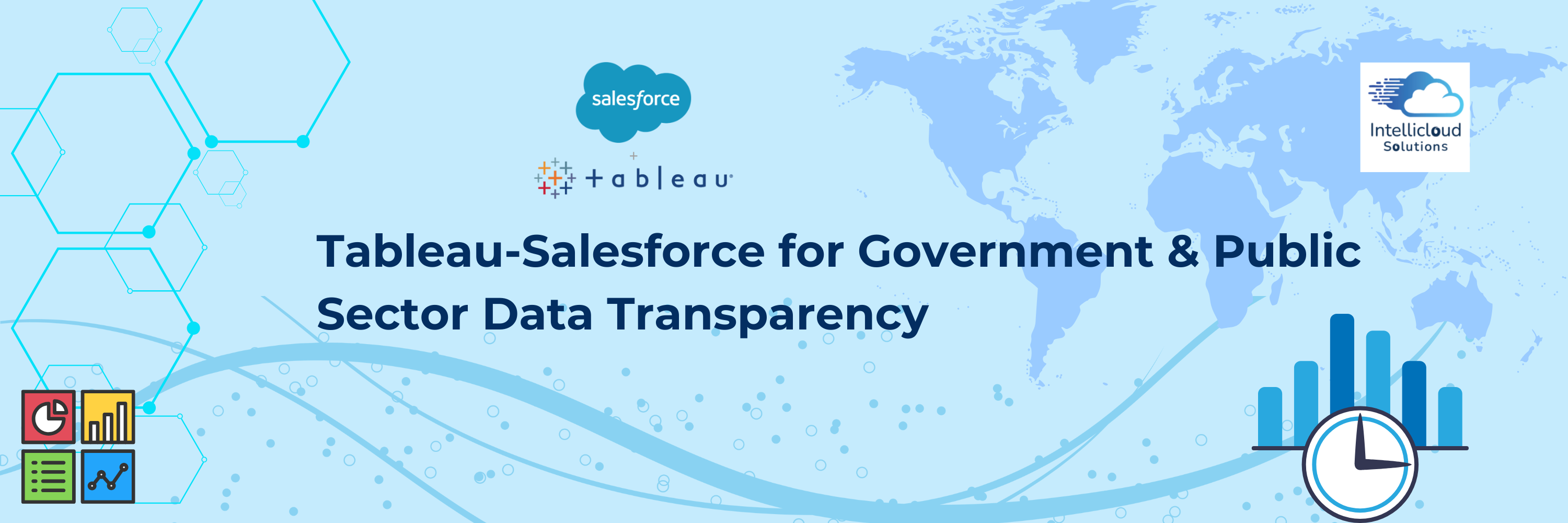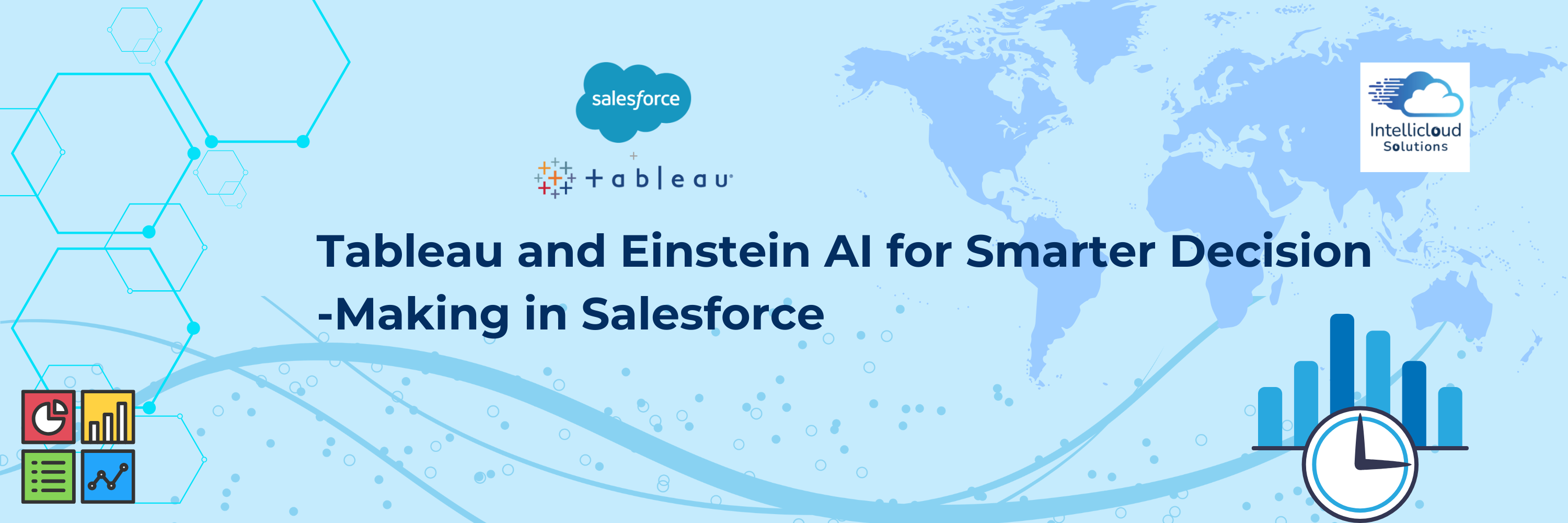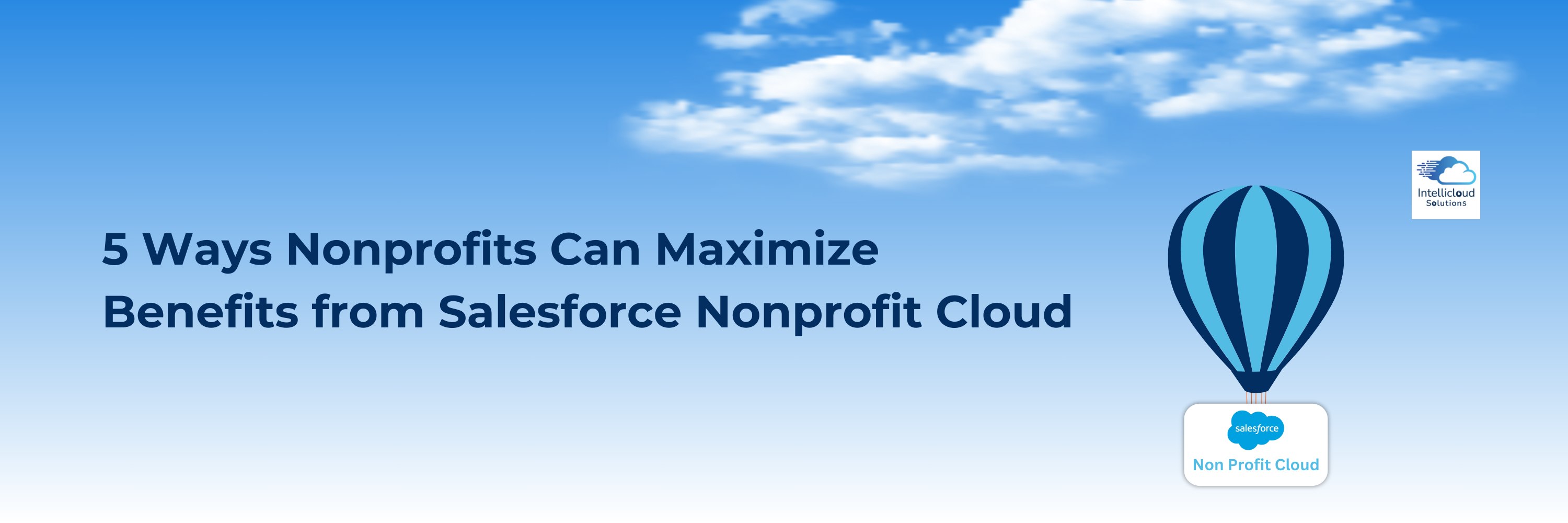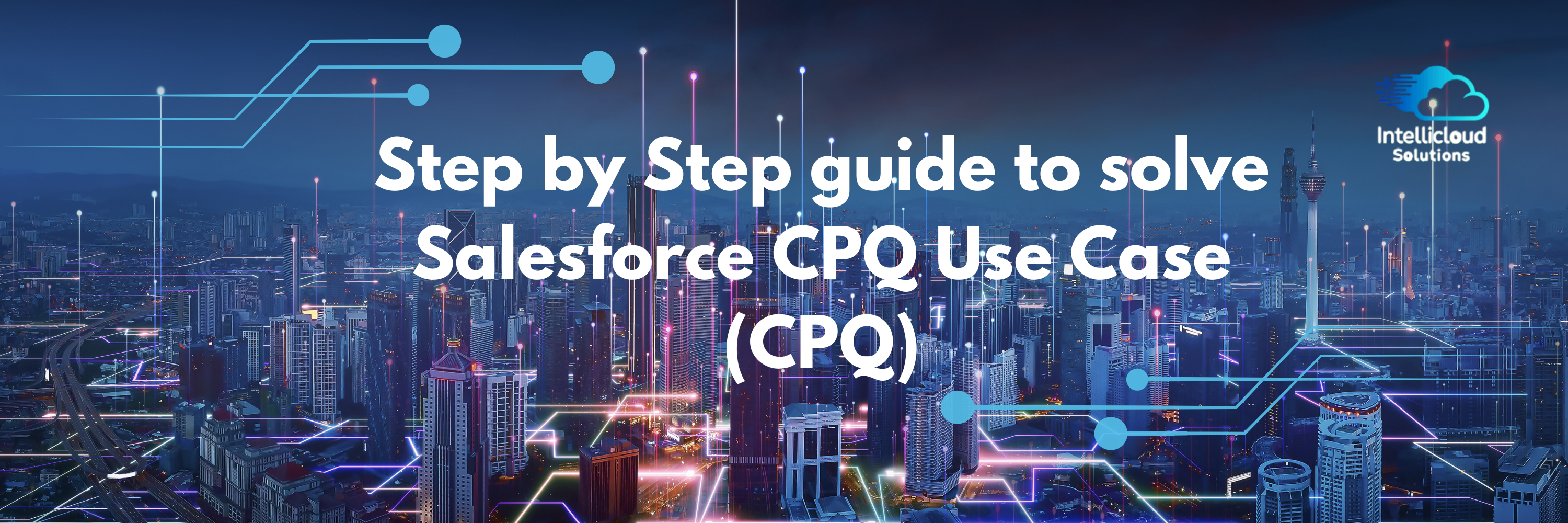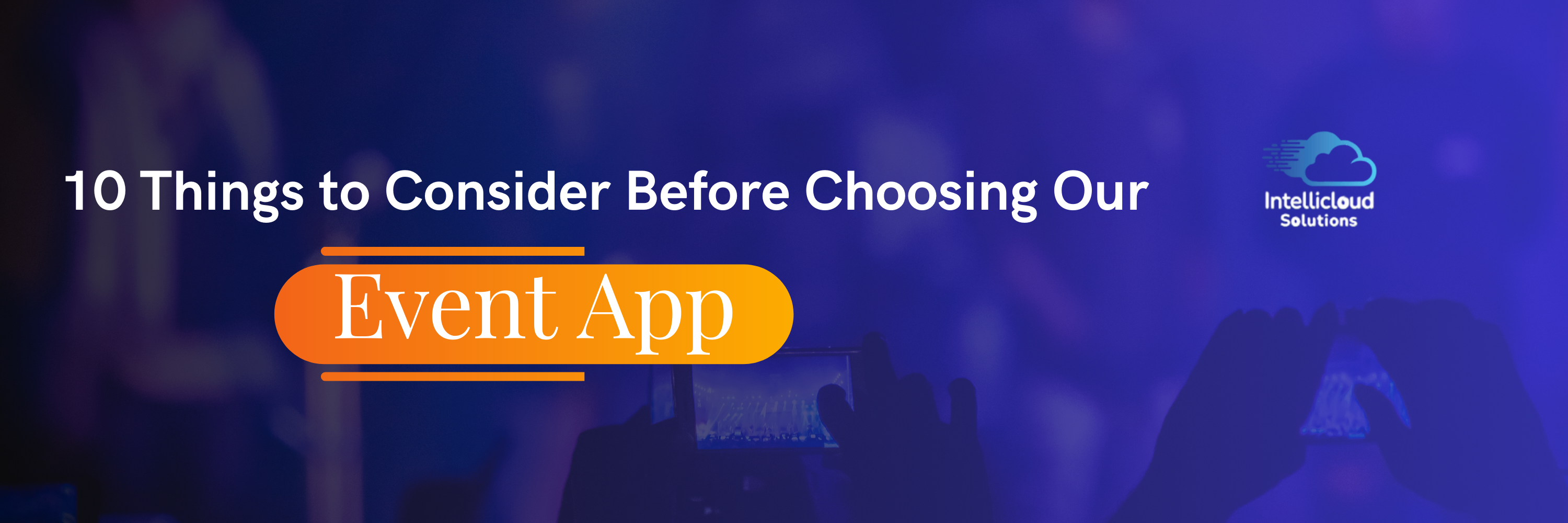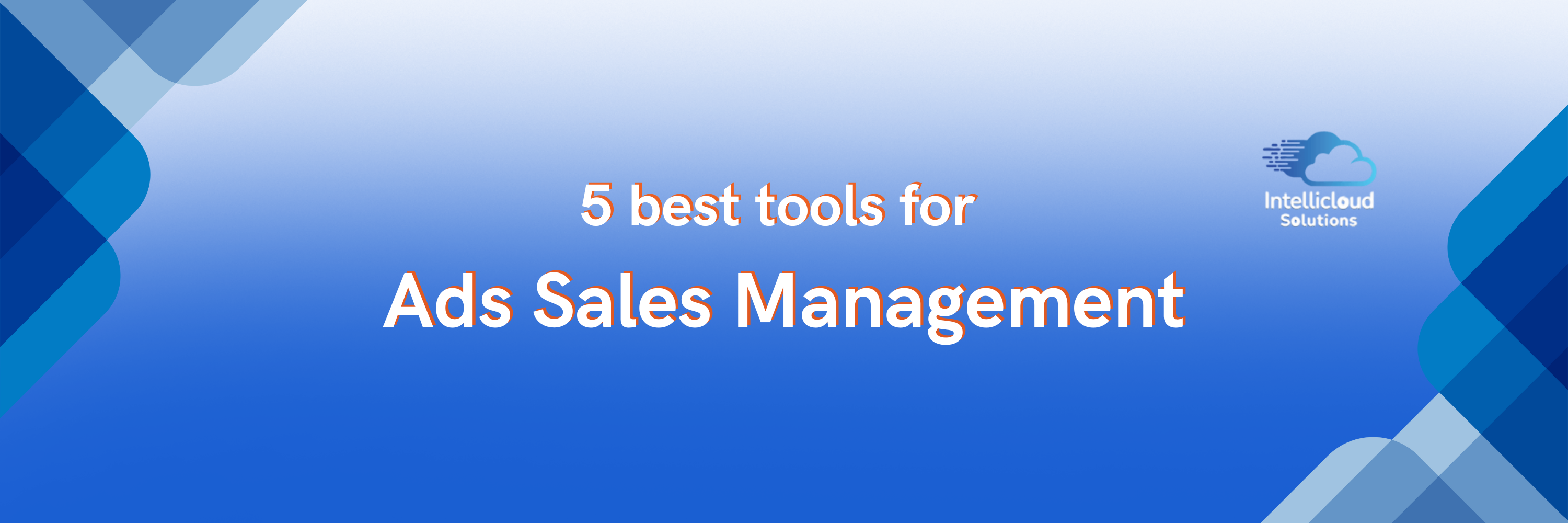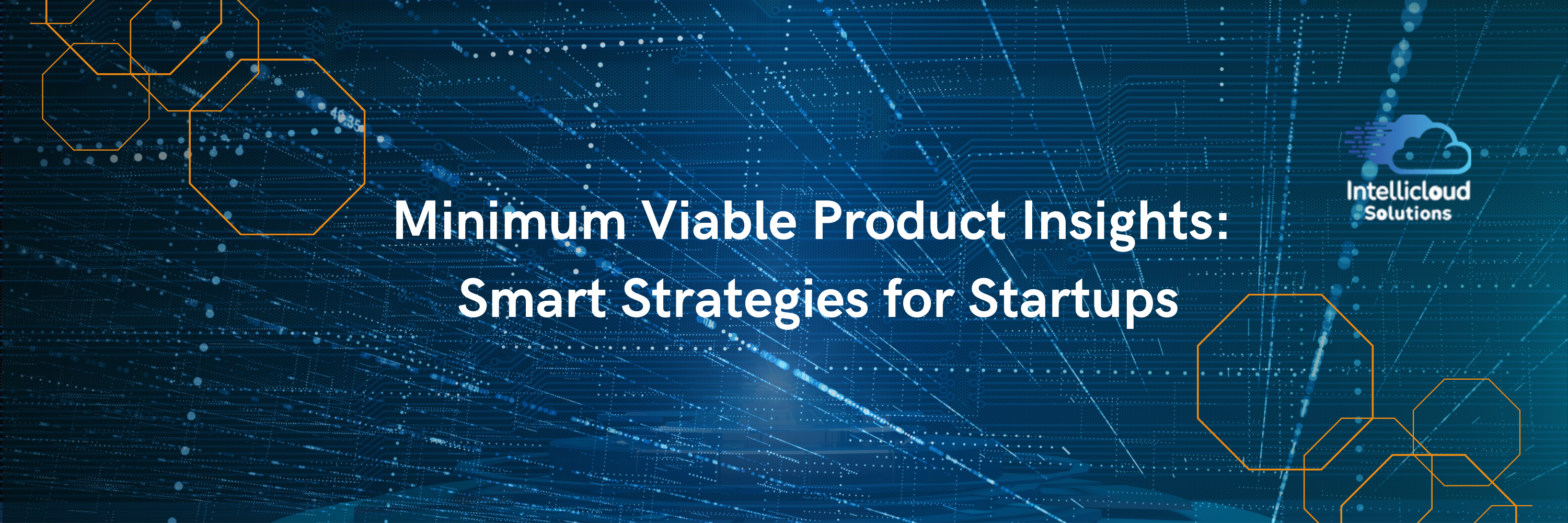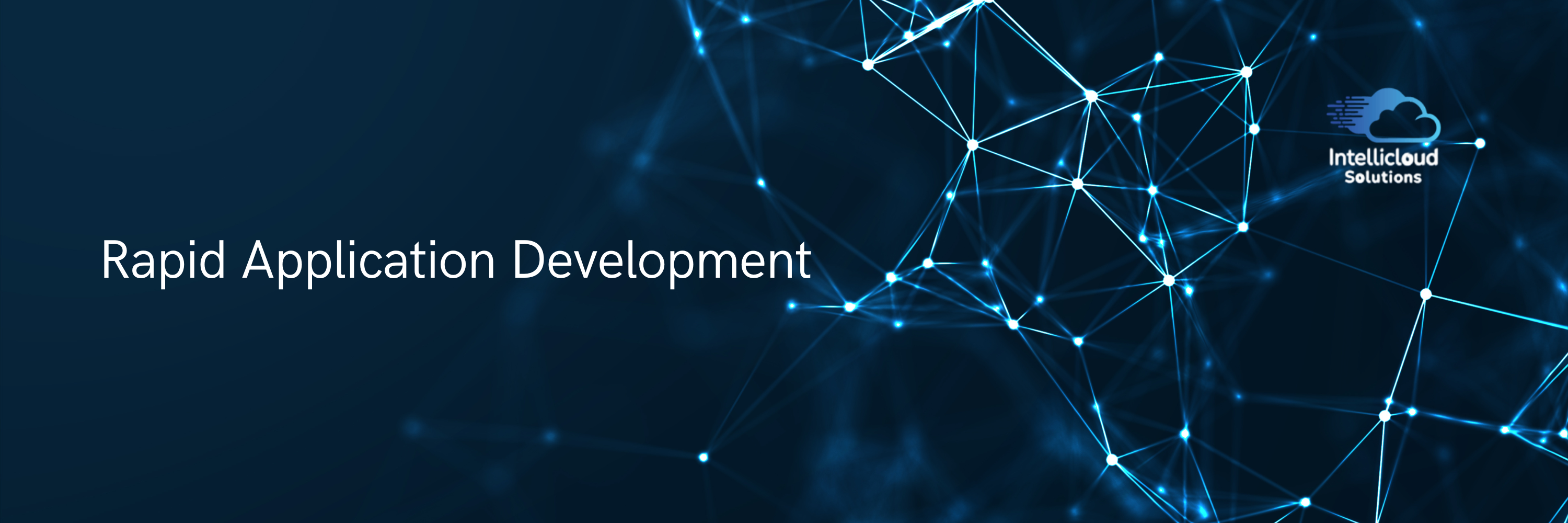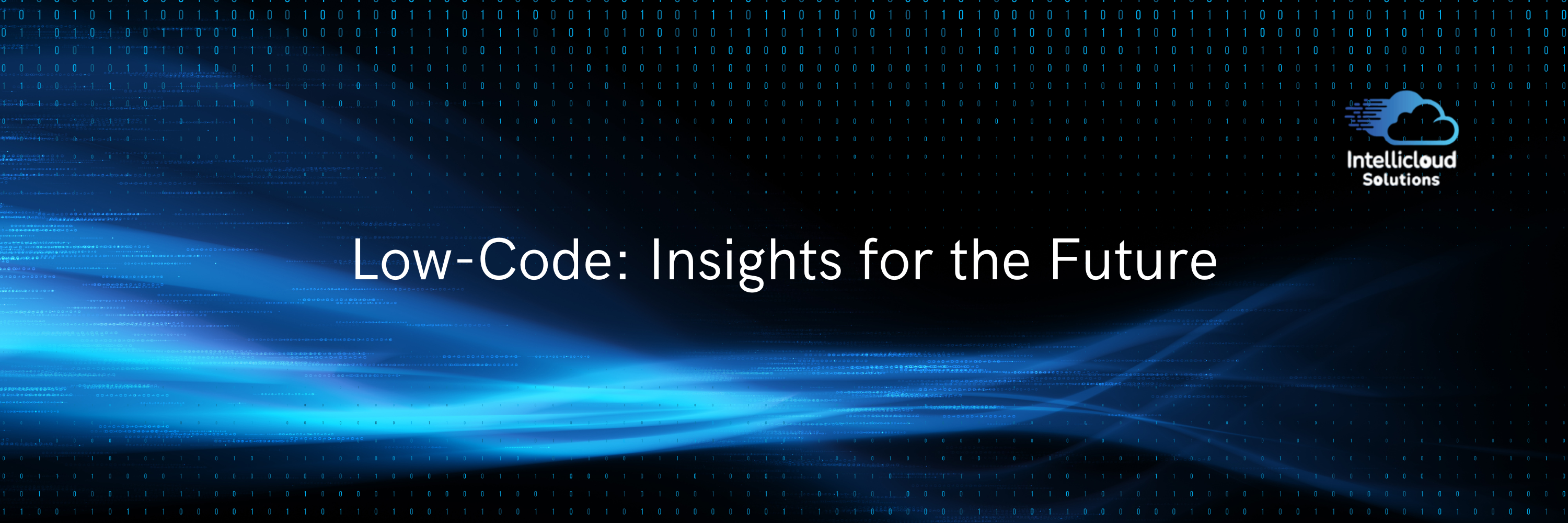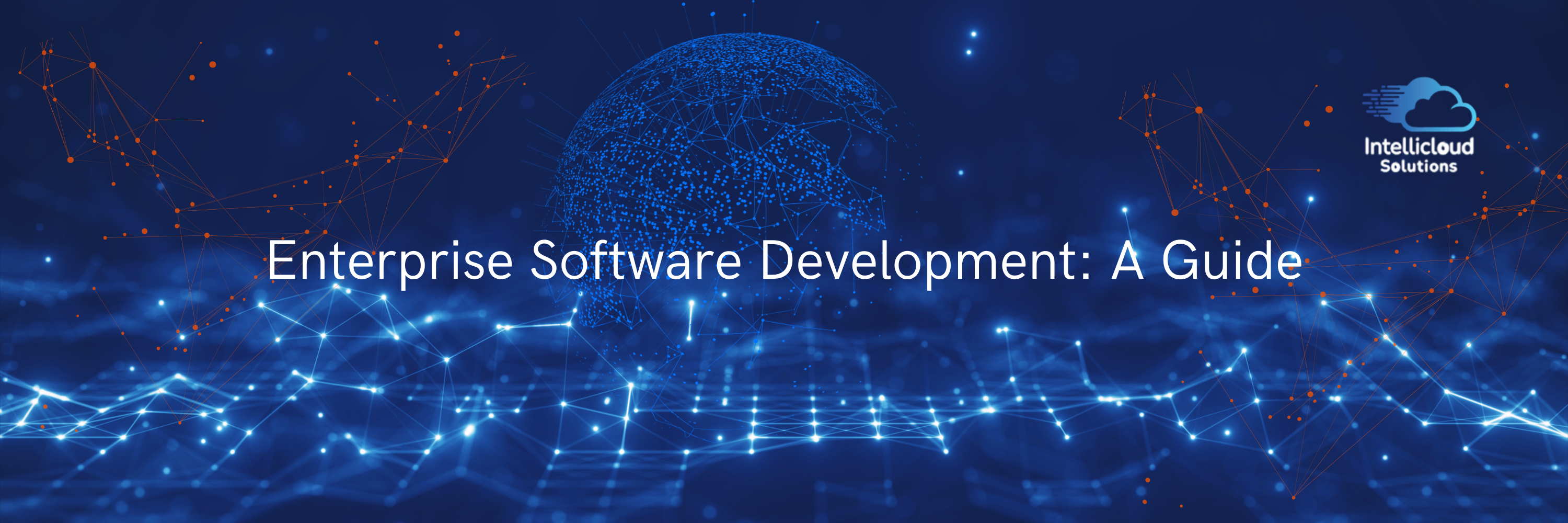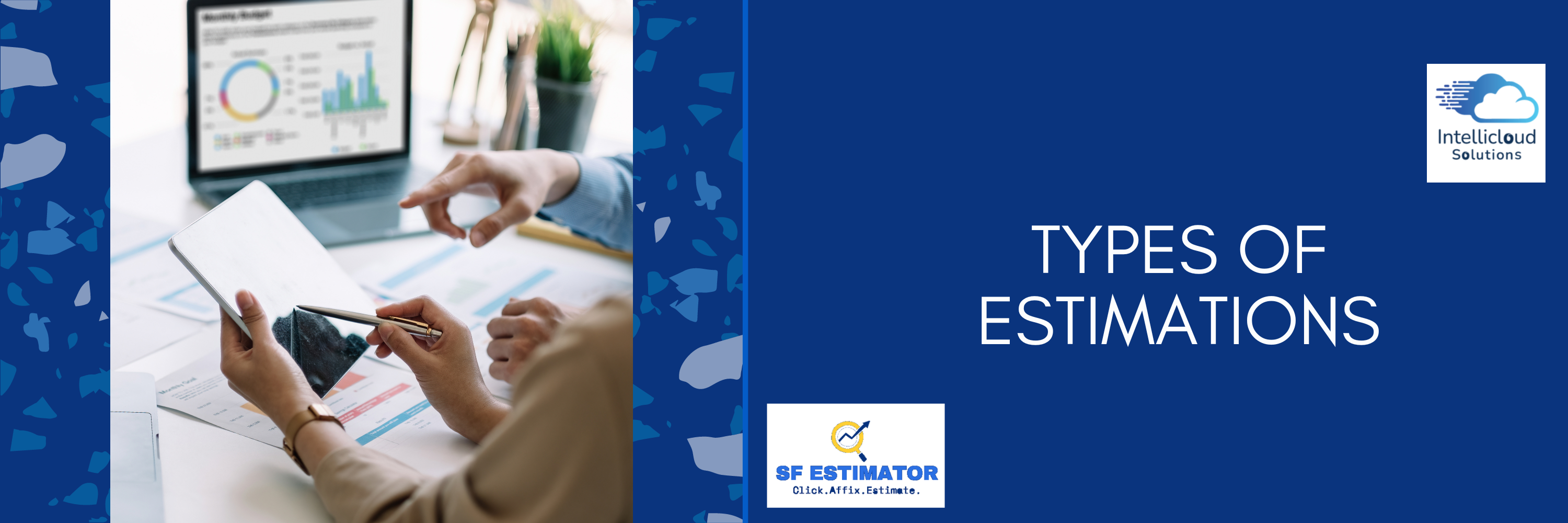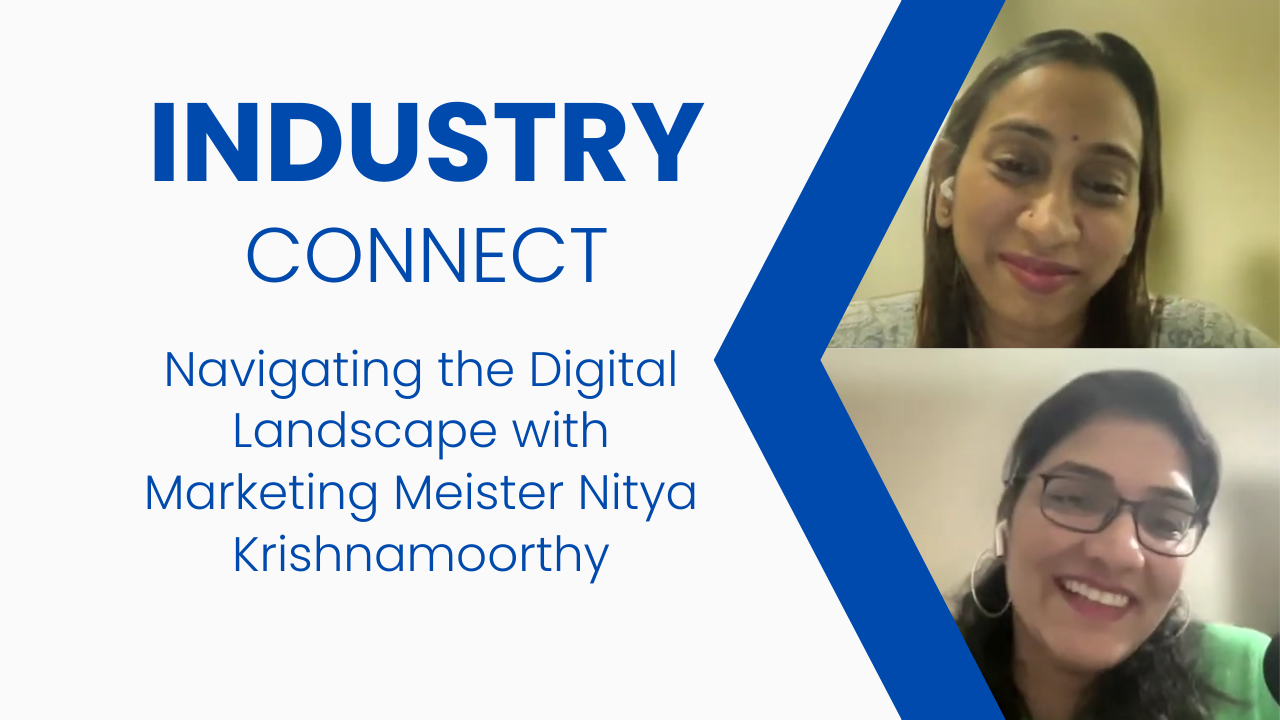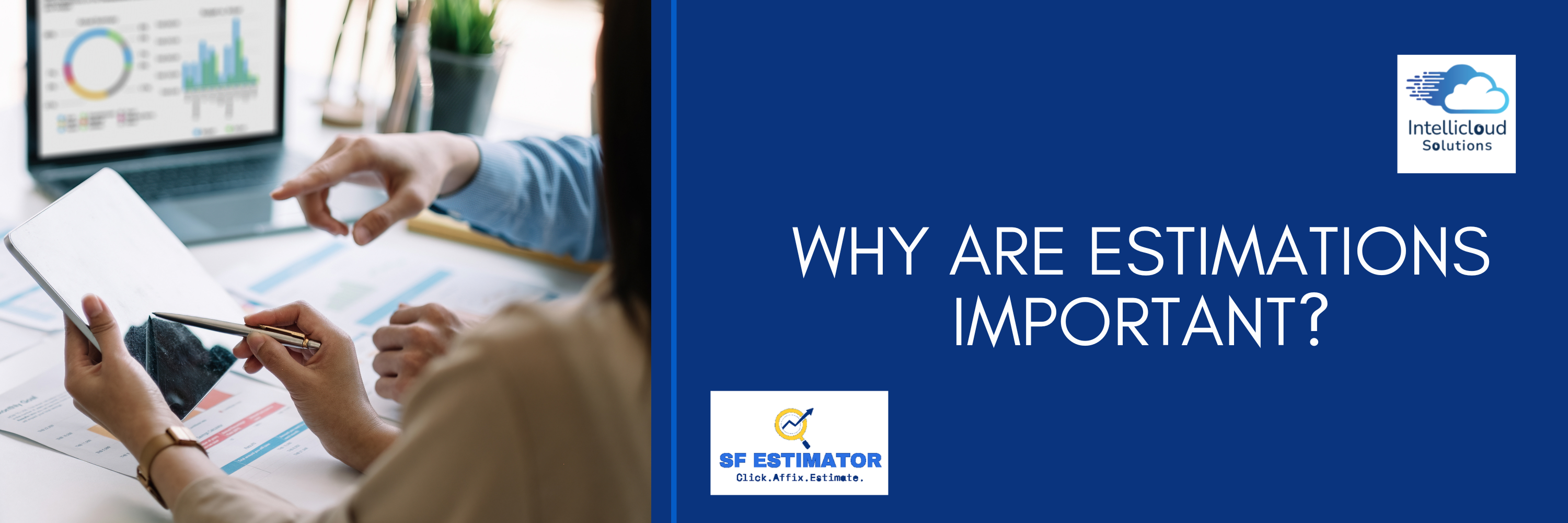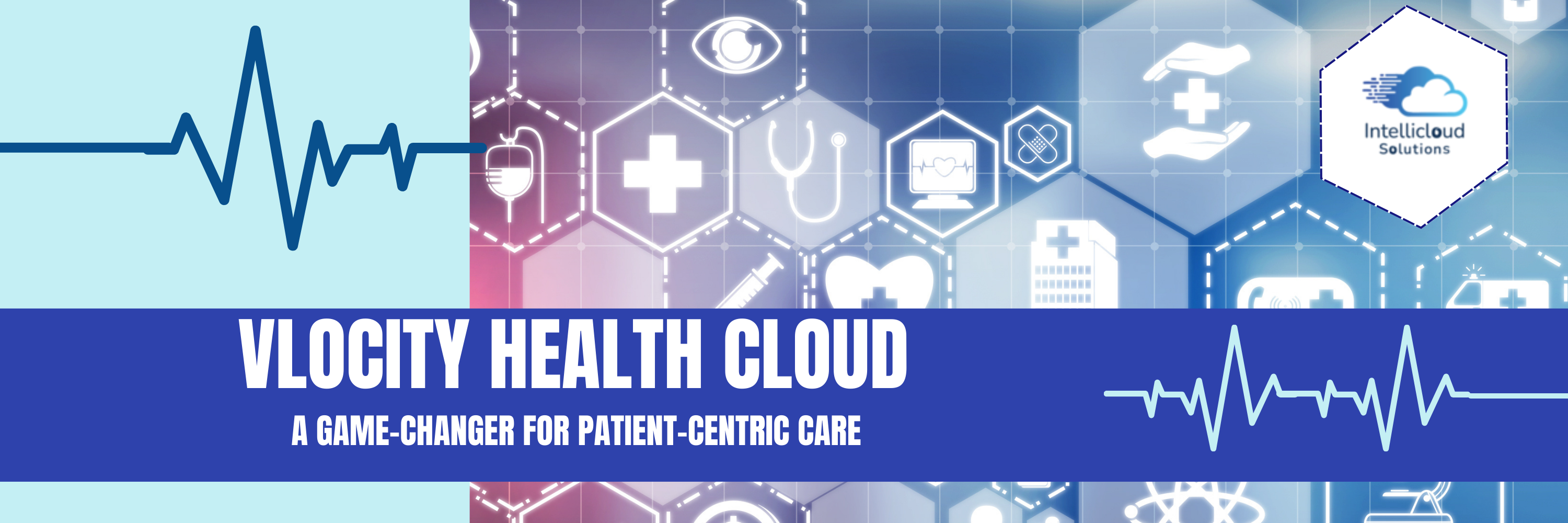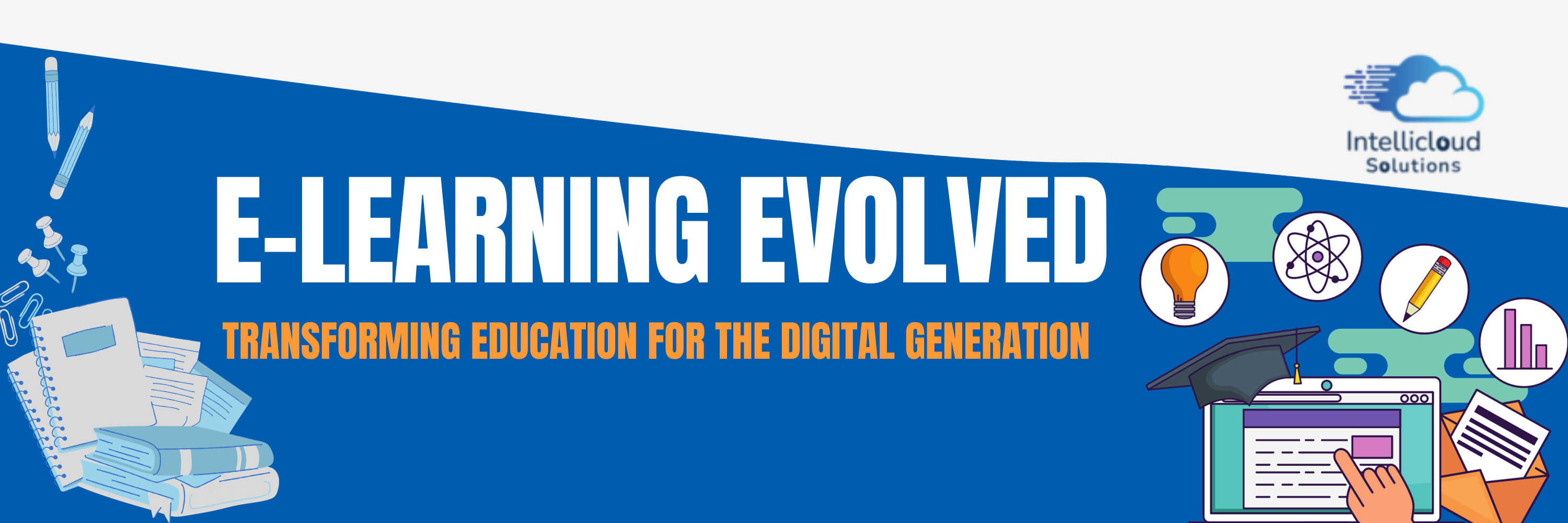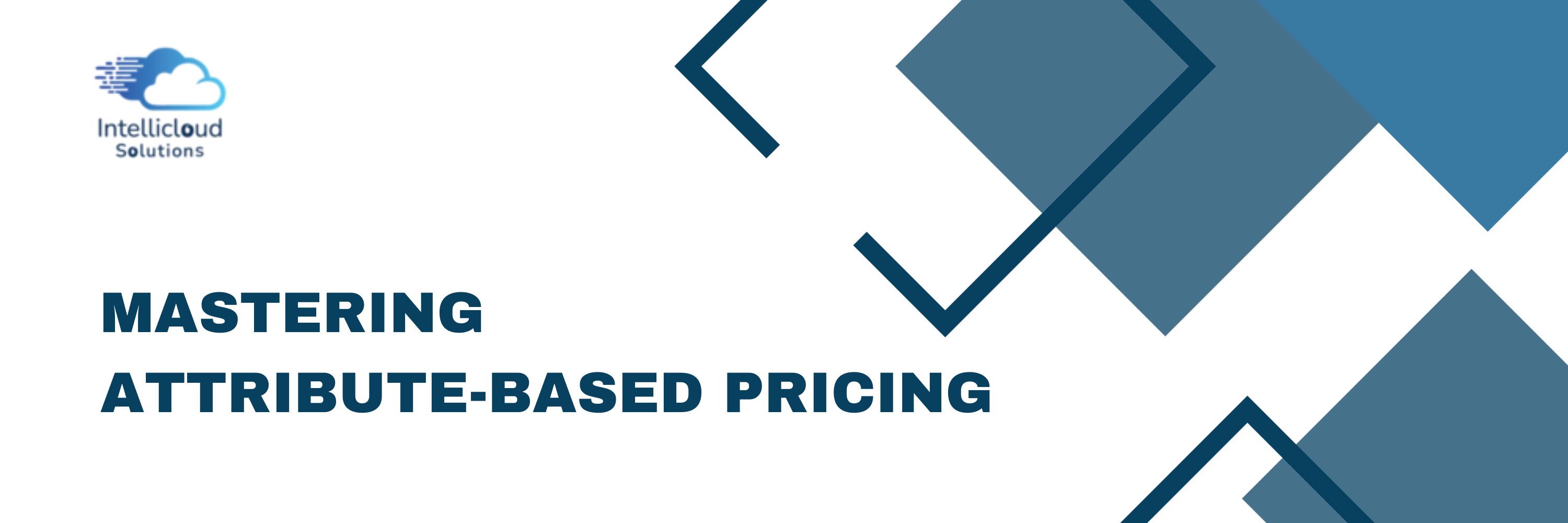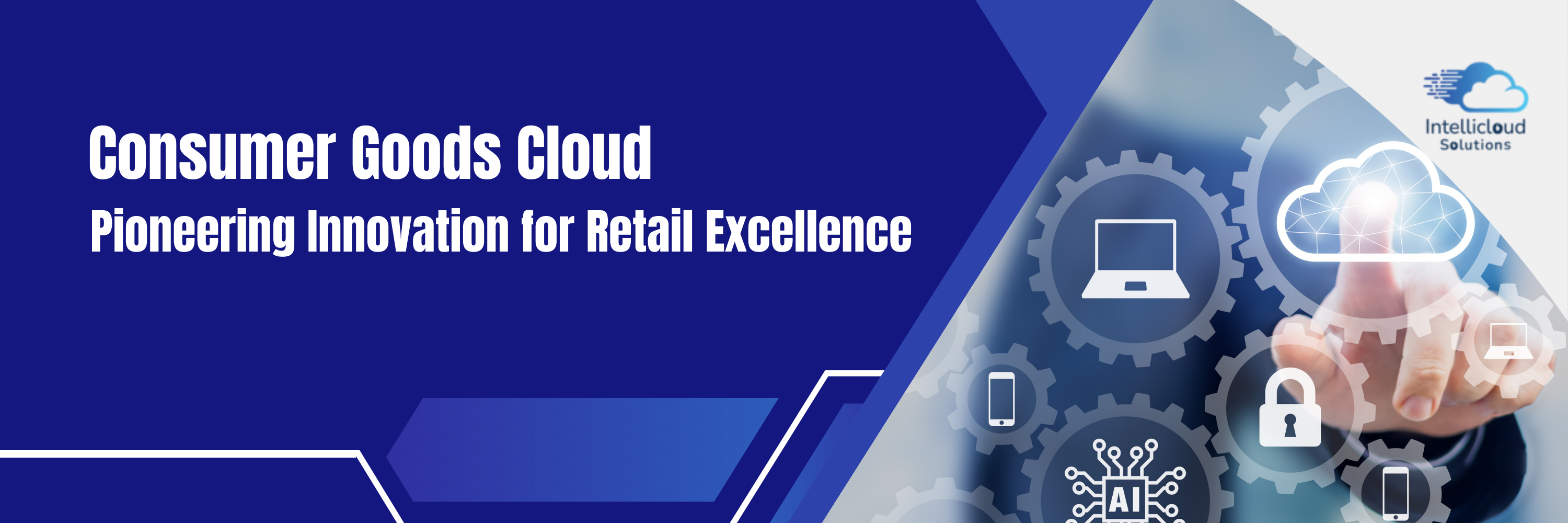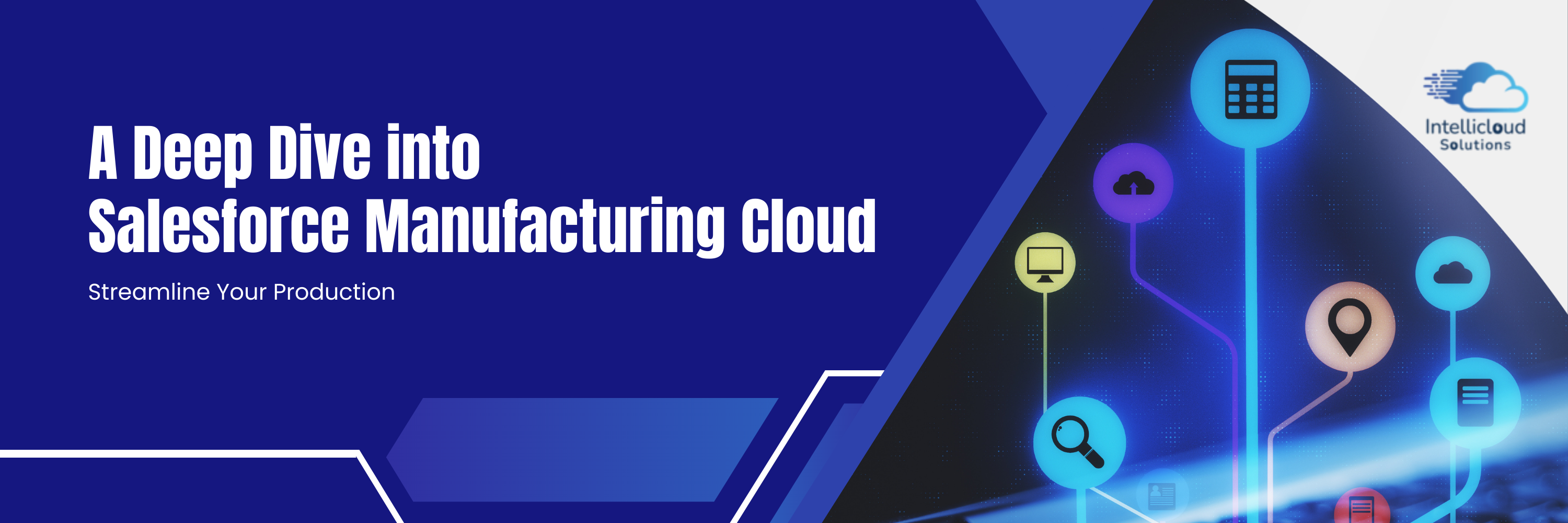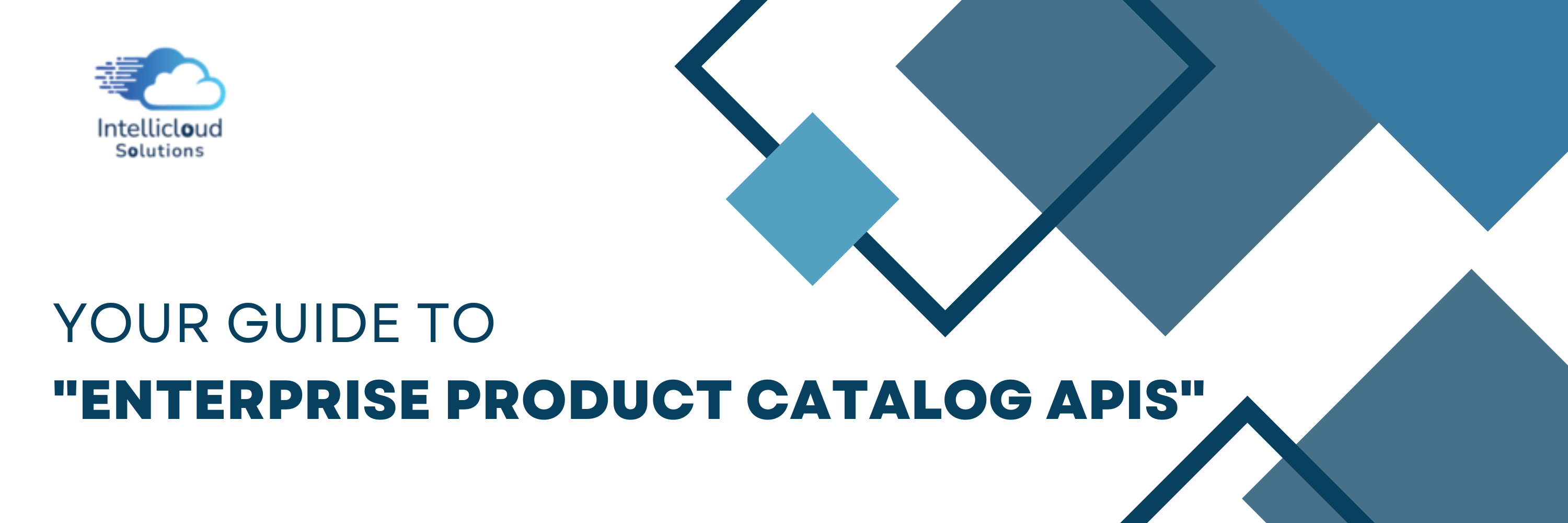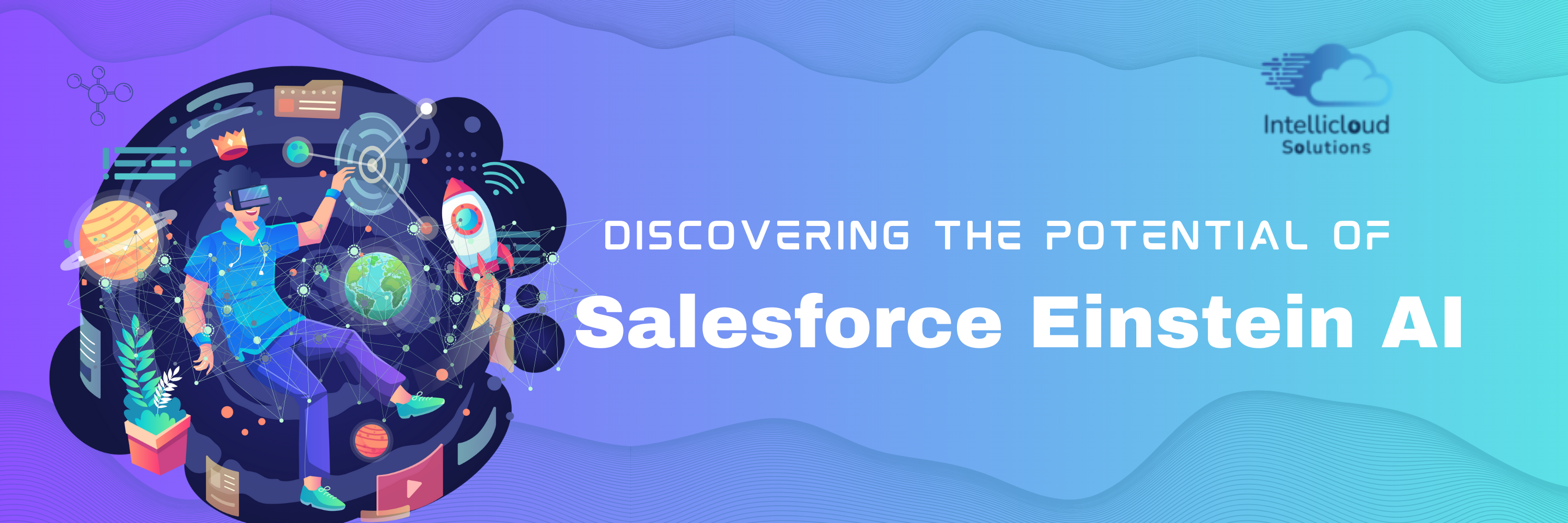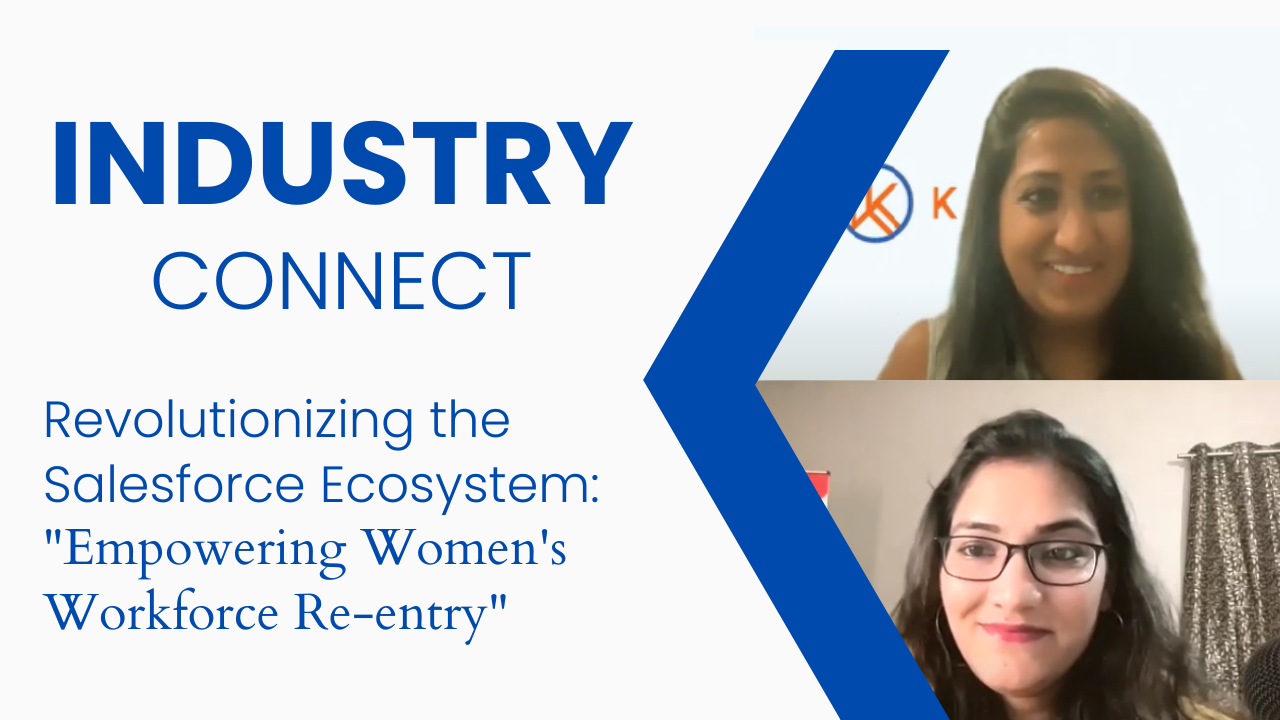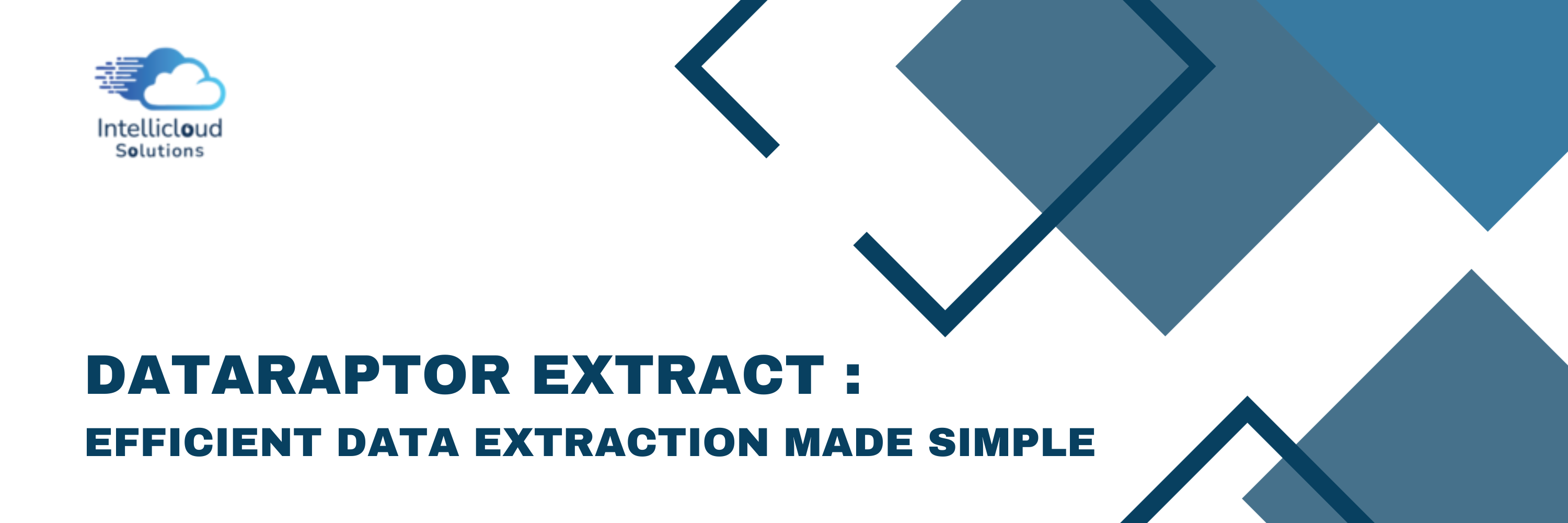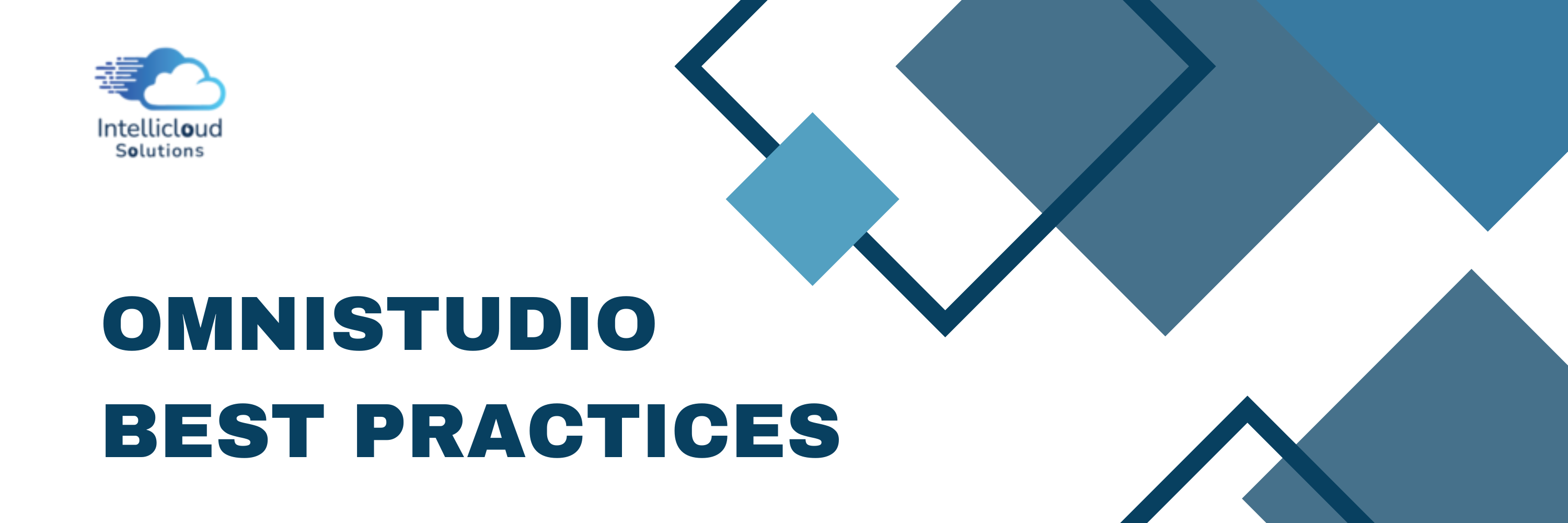In an era where data is generated continuously and decisions must be made in real-time, integrating systems seamlessly has never been more critical. As businesses rely on instant information flow between applications, the ability to execute real-time integrations is no longer just an option—it’s a necessity. One of Salesforce’s most powerful tools for achieving real-time integrations is Platform Events in Salesforce.
What Do you need to know about Platform Events!!
- 1. Introduction
- 2. What Are Platform Events?
- 3. Why Platform Events Are Powerful
- 4. Architecture of Platform Events
- 5. How Platform Events Work
- 6. Practical Use Cases
- 7. Benefits of Using Platform Events
- 8. Implementation Best Practices
- 9. Conclusion
Introduction
Platform Events are a robust feature of Salesforce’s event-driven architecture, allowing businesses to push and pull data in real-time between Salesforce and external systems, apps, and services. In this blog, we will explore how Salesforce Platform Events can help developers and architects achieve real-time integration success, providing practical steps for implementation, along with examples, best practices, and more.
What Are Platform Events?
Platform Events are a type of custom event used in Salesforce’s event-driven architecture. Unlike standard objects, Platform Events are designed specifically for communication between systems and apps, enabling real-time data exchange. They allow Salesforce to publish and subscribe to events that can be consumed by both Salesforce and external systems.
Essentially, Platform Events enable asynchronous communication, which decouples the systems involved. This means different applications or services can work independently while still sharing data in real-time.
Why are Platform Events powerful?

The Architecture of Platform Events
The architecture of Platform Events is built around an event-driven model. At the center of this system is the Event Bus, which handles the flow of events from producers to consumers.
Key Components of Platform Events:
- Event Definitions: These are the blueprints for Platform Events. They define the fields and data structures of the events.
- Event Producers: These are the systems that send (or "publish") events to the Event Bus. Salesforce can publish events through Apex, Flows, or Process Builders, and external systems can publish events via the CometD protocol.
- Event Consumers: These are the systems that listen for and act upon the events. Consumers can be Salesforce triggers, Flow processes, or external systems subscribing to events using the CometD protocol.
Here’s a simple breakdown of the flow:
- Event Producer publishes an event (could be Salesforce, an external system, or an IoT device).
- The Event Bus routes the event to all subscribing systems.
- Event Consumer processes the event data.

Benefits of Using Platform Events
Here’s what makes Platform Events so valuable:
- Real-Time Data Exchange: Enable instant communication between Salesforce and external applications.
- Scalability: Tailored for high-volume event processing, which is perfect for enterprise-level solutions.
- Decoupled Architecture: Simplifies development by eliminating direct dependencies between systems.
- Ease of Use: Salesforce provides user-friendly ways to publish and subscribe to Platform Events, either declaratively or programmatically.
- Reliable Delivery: Offers replay IDs that allow subscribers to replay missed events, improving fault tolerance.
Use Cases for Real-Time Integrations
Platform Events are a versatile tool ideal for a range of use cases:

Implementation Best Practices
To ensure reliable and scalable use of Platform Events, keep these key best practices in mind:
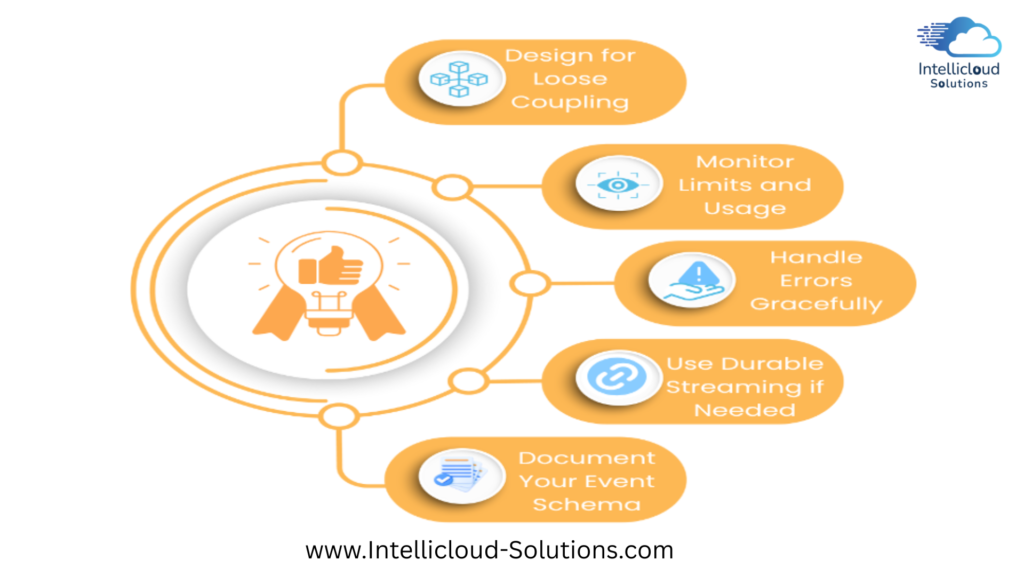
- Design for Loose Coupling
Keep producers and consumers independent to allow flexibility and easier maintenance.
- Monitor Limits and Usage
Be aware of Salesforce’s event limits (event size, publish limits, daily quotas) and optimize payloads accordingly.
- Handle Errors Gracefully
Use error handling and logging in Apex or external consumers to catch and respond to failures without breaking flows.
- Use Durable Streaming if Needed
For critical events that shouldn't be lost, enable high-volume events or use Change Data Capture with replay options.
- Document Your Event Schema
Clearly define and share event structure and usage to ensure consistency and better collaboration across teams.
Conclusion
Platform Events have evolved into an indispensable tool for Salesforce-driven integrations, helping businesses modernize their workflows while keeping systems decoupled. Looking ahead, expect Platform Events to play a significant role in combination with advanced technologies like AI-driven insights and IoT for real-time decision-making.
For integration specialists, mastering Platform Events is no longer optional; it’s essential. Begin your journey toward dynamic, real-time integrations by implementing Platform Events in your Salesforce projects today.
Need Help Choosing or Implementing the Right Integration Tool?
Whether it’s integrating Salesforce with third-party apps or deploying enterprise-level API connections using MuleSoft, we’re here to help. Our certified Salesforce consultants specialize in building custom integration strategies tailored to your business.
📞 Contact us today for a free consultation and start maximizing the potential of your tech stack!
